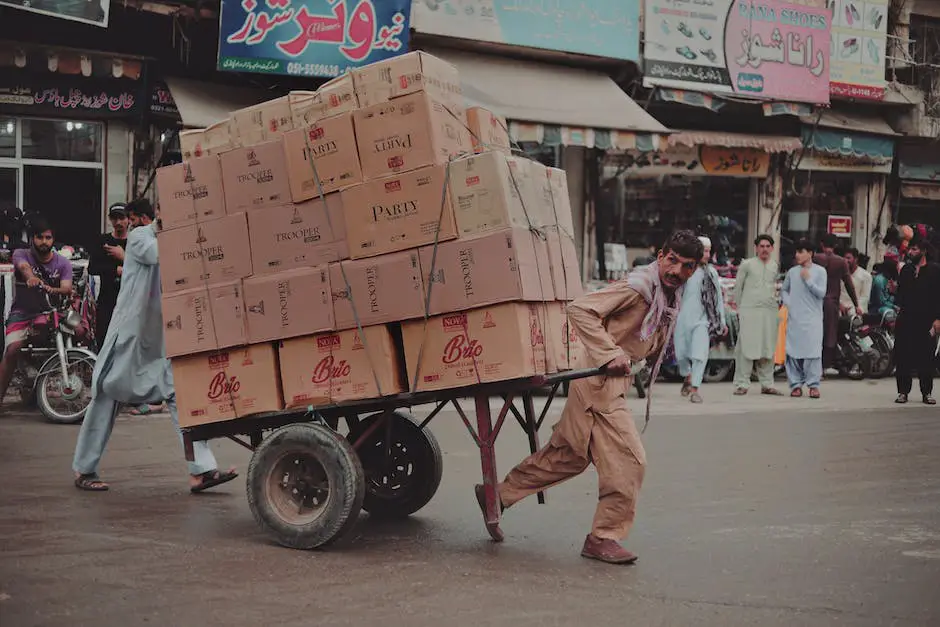
Imagine strolling through the bustling streets of Rawalpindi, where the whispers of the past meet the rhythm of the present. The city’s architecture, a canvas of history, tells tales of empires, cultures, and epochs. It’s a place where every brick and beam has a story to tell, and I’ve been lucky enough to wander through these narratives, feeling the pulse of Rawalpindi’s evolving skyline.
The Roots of Rawalpindi’s Architectural Heritage
Rawalpindi, affectionately known as ‘Pindi’ by locals, has a rich architectural lineage that dates back centuries. Its strategic location has made it a hub for various civilizations, including the Greeks, Mauryans, Mughals, Sikhs, and the British. Each left an indelible mark on the city’s design ethos. The ancient Gandhara civilization laid the initial stones, which were later adorned by the grandeur of Mughal architecture.
As a traveler and observer, I’ve seen how these layers of history are etched into the city’s fabric. The Mughal influence, for instance, is evident in the intricate jharokas (overhanging balconies) and the grandiose havelis (mansions) that still stand tall, albeit some in a state of graceful decay.
Colonial Imprints on Rawalpindi’s Cityscape
The British Raj brought with it the Victorian and Gothic styles, which blended with the local aesthetics. This colonial architecture is best exemplified by the imposing buildings like the Rawalpindi Railway Station. Built in the 1880s, it’s a fusion of European design and Mughal motifs, a testament to the city’s ability to meld different influences into something uniquely Pindi.
Walking through the cantonment area, you’ll notice the bungalows with their sprawling lawns and wide verandas. They speak of a time when tea was served at five, and the air was filled with the sound of English and Urdu mingling over manicured hedges.
Post-Independence and Modern Rawalpindi
After Pakistan’s independence in 1947, Rawalpindi saw a shift towards more pragmatic architecture. The need for housing and infrastructure led to the rise of utilitarian structures. However, even in this modernity, there’s a nod to the past. The use of traditional jaali (lattice) work and local materials keeps the city’s heritage alive.
Today, Rawalpindi is a city in transition. Skyscrapers and shopping malls are popping up, changing the skyline once again. Yet, amidst this modernity, the old city near Banni Chowk retains its labyrinthine charm, with narrow alleys and bustling markets that hark back to a bygone era.
Preservation Efforts and Challenges
Preserving Rawalpindi’s architectural heritage is a challenge. Rapid urbanization and neglect have put many historical buildings at risk. Thankfully, there are efforts to restore and maintain these treasures. The Rawalpindi Heritage Association, for instance, is vocal about the importance of conservation.
It’s heartening to see some of the old havelis being restored to their former glory. These projects are a bridge between the past and the future, ensuring that the city’s architectural narrative continues to be told.
Rawalpindi’s Architecture: A Reflection of Its People
The architecture of Rawalpindi is more than just structures; it’s a reflection of its people. The resilience of the Pindiwalas is mirrored in the sturdy walls of their homes and the endurance of their landmarks. It’s a city that has withstood the test of time, adapting and evolving while holding on to its soul.
As someone who’s walked these streets and touched these walls, I can attest to the warmth and vibrancy that emanates from them. It’s a place where history is not just studied but lived and breathed.
FAQs About Rawalpindi’s Architecture
- What are some must-see architectural sites in Rawalpindi?
Don’t miss the Rawalpindi Railway Station, the Haveli of Asghar Mall, and the various colonial-era churches and bungalows in the cantonment area.
- How has Rawalpindi’s architecture changed over the years?
From ancient Gandhara ruins to Mughal mansions, British colonial buildings, and modern high-rises, Rawalpindi’s architecture has evolved to reflect its diverse history and the needs of its growing population.
- Are there any conservation efforts for Rawalpindi’s historical buildings?
Yes, organizations like the Rawalpindi Heritage Association are working to preserve and restore the city’s architectural heritage.
Conclusion
In conclusion, Rawalpindi’s architecture is a rich tapestry woven with the threads of time. From the grandeur of Mughal havelis to the stoic British bungalows and the burgeoning modern skyline, each era has contributed to the city’s architectural identity. It’s a living museum, a testament to the resilience and adaptability of its people.
As we look to the future, it’s crucial to preserve these historical narratives. They’re not just buildings; they’re the soul of Rawalpindi. By safeguarding this heritage, we ensure that future generations can also walk through these streets and feel the echoes of history beneath their feet.
For those of us who’ve experienced the charm of Rawalpindi’s architecture firsthand, it’s clear that the city is more than just a place. It’s a story, continually unfolding, inviting us all to be a part of its next chapter.